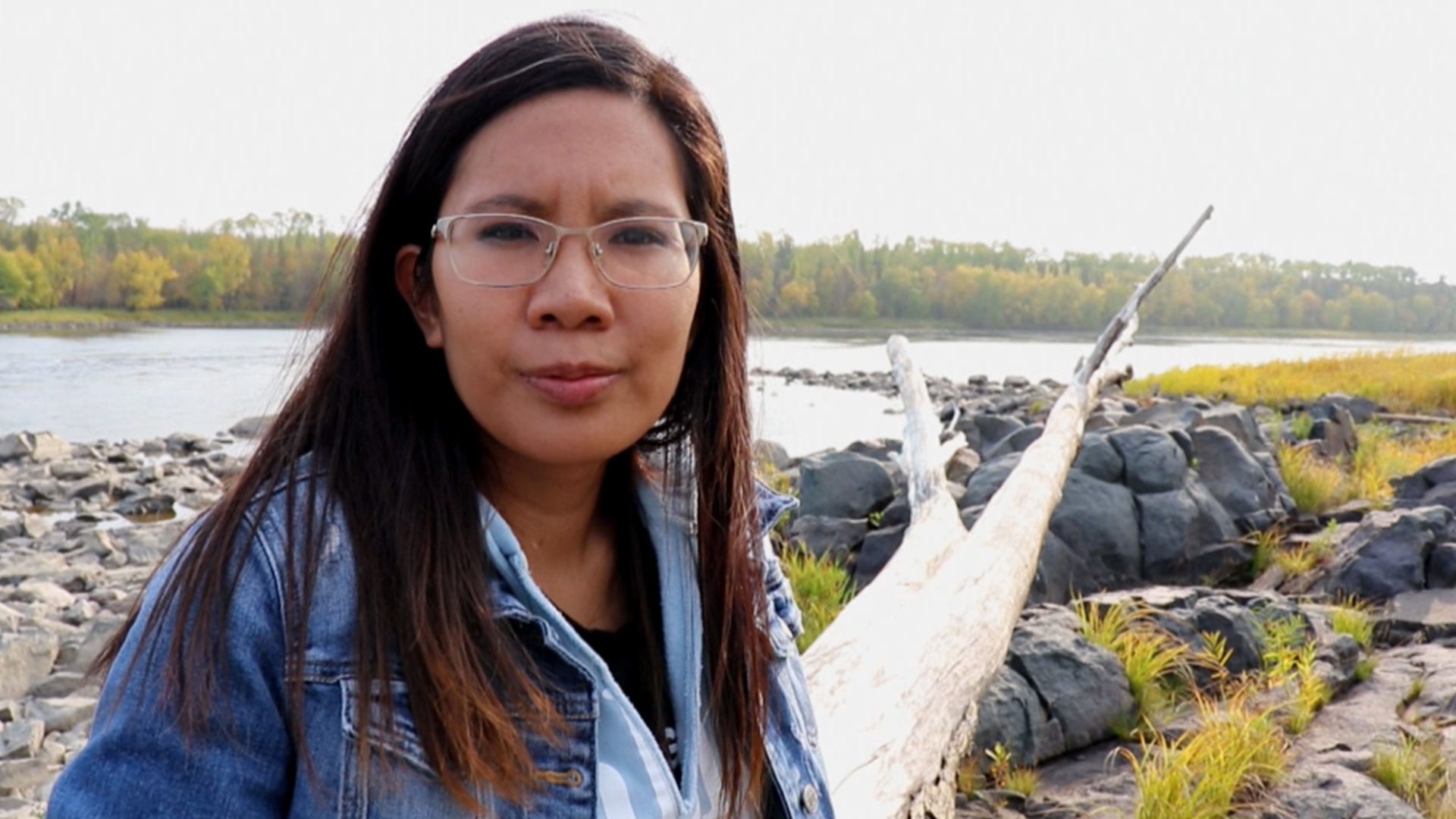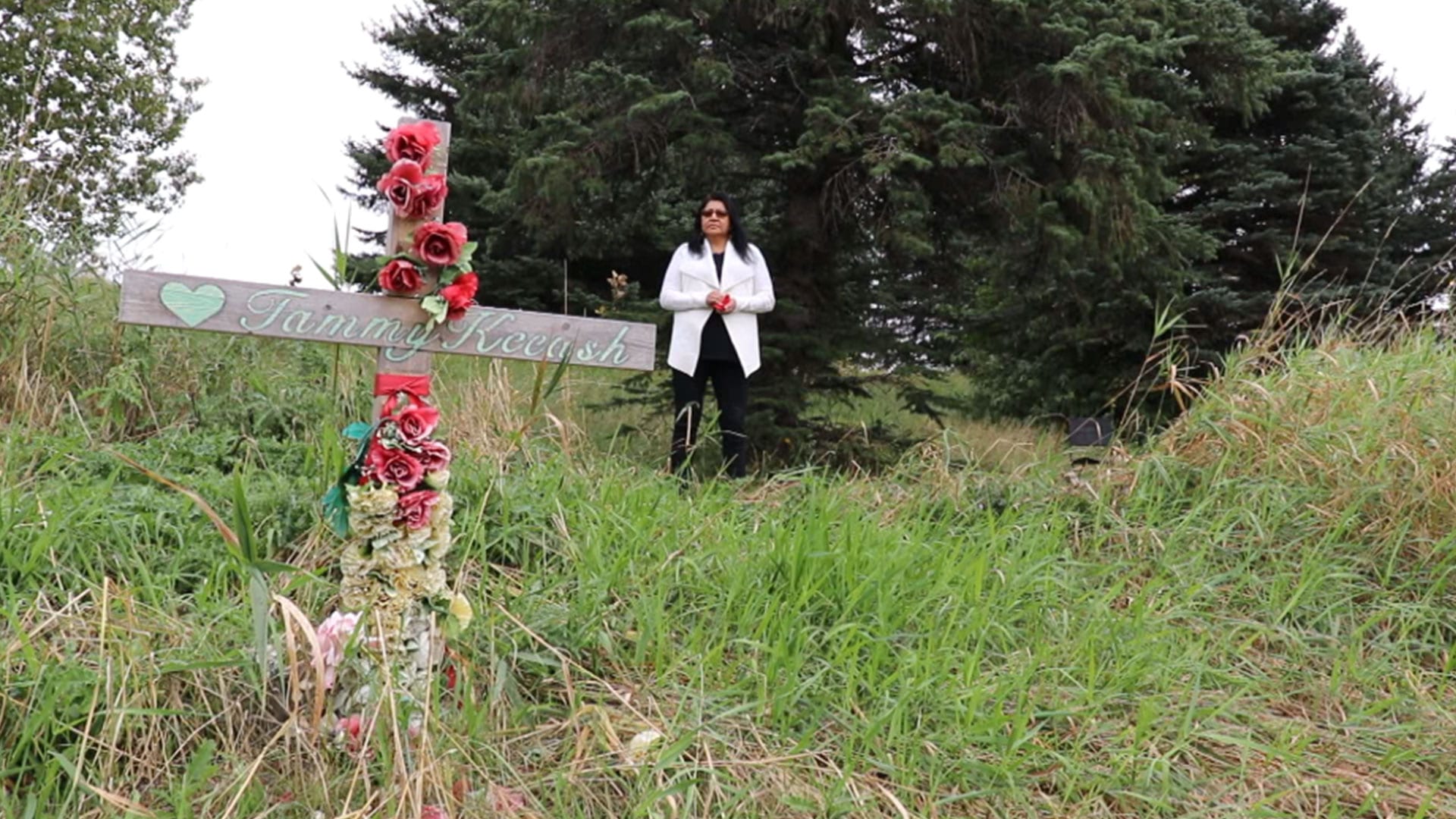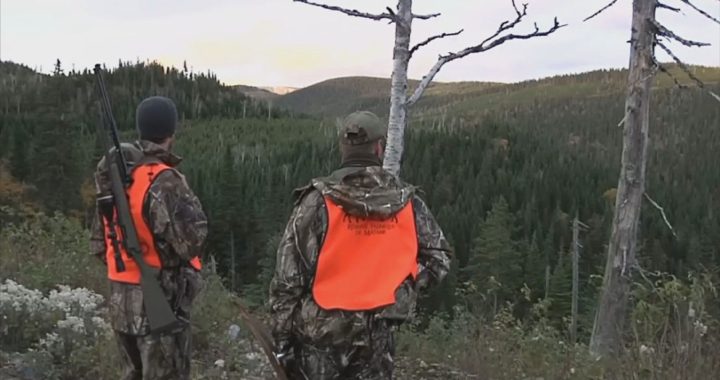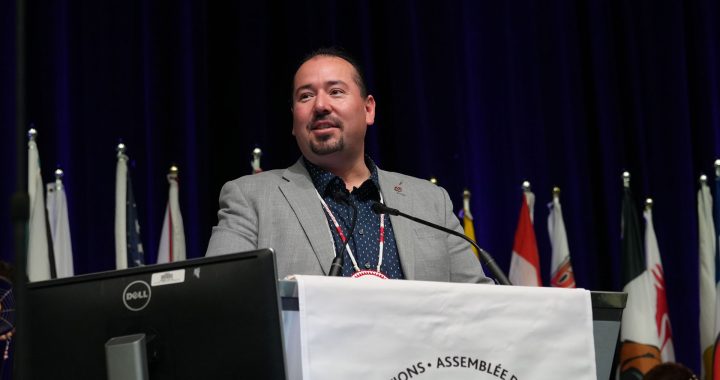Autumn Windego’s home is filled with the sounds of children playing.
The 25-year-old mother of three is the first in four generations of her family to raise her own children.
It’s something she’s takes great pride in, after being raised in Ontario’s child welfare system as a Crown ward.
“Kids in care really struggle a lot,” Windego says from her home on Rainy River First Nations. “I know, growing up in care myself, the stuff I dealt with and the stuff that I see, it just shouldn’t be happening.”
Windego spent her childhood being shuffled from one foster home to the next, 10 different homes over 14 years – a lifetime at the mercy of the child welfare system.
Once she aged-out of the system she wanted to give back to her community and help stop the cycle of abuse.
She went to work for the child protection team for her community under Weechi-it-te-win Family Services in 2017.
It’s a job she left last summer.
“Working in the field and hearing all the stories and I have no idea how to make it stop, other than letting people know what actually happens,” Windego says.
“I’ve seen it from being in care and now I’m seeing it from working in the field. And it happens all the time and everywhere.”
Read More:
Death by Neglect: Sacha Raven Bob died alone and Weechi failed to save her
Weechi-it-te-win is one of 13 First Nations child welfare agencies in Ontario, they provide services to 10 First Nations communities in the Fort Frances, Ont. area of northwestern Ontario.
Through APTN’s months-long investigation, we’ve discovered that the agency has repeatedly failed and neglected children in their care.
“When Weechi-it-te-win was originally created it was a beautiful thing,” Windego says. “They had the right vision and we don’t know exactly where it went wrong, we just know right now, I feel like it’s too far back to fix anything.”
Windego was a child in care worker at Rainy River.
She says she would report concerns but they were often ignored.
“First Nations agencies are underfunded, but there is still a lot of money that’s still put in place where it shouldn’t be happening,” Windego says.
“Which is ultimately leading up to kids, I feel like, just set up for failure. Sometimes they might take their own life, or sometimes they might run away, or not even being seen, their services aren’t being met.”

Since 2013, 178 Indigenous children have died in connection to Ontario’s child welfare system.
What most people might not realize is that the majority of those deaths are tied to First Nation child welfare agencies in the province, rather than mainstream children’s aid societies.
Of the 178 Indigenous children that have died over the last seven years, 147 are tied to First Nations child welfare agencies – that’s 82.5 per cent.
So how did we get to this point?
First Nation child welfare agencies have actually been around for decades. They were a response to the residential school era. A political reaction to over 70 years of genocide perpetrated by the church and the federal government.
To get a better understanding of First Nations child welfare agencies in Ontario – we reached out to Dennis McPherson.
McPherson is an associate professor of Indigenous Learning at Thunder Bay’s Lakehead University.
He also worked as a native child care prevention worker in his home community of Couchiching First Nation in Ontario in the early 1980s.
“The bands were threatening the local children’s aide societies, that if social workers came on the reserve then they were going to shoot them,” McPherson says, from his home in Thunder Bay.
“And you start looking at the issues it was probably to some degree justifiable, because of what was happening with whole families were being wiped out and whatnot.”
McPherson helped lay the framework for First Nations child welfare agencies in Ontario. He was involved in the early development of Weechi-it-te-win and Dilico Anishinabek Family Care.
He still remembers pitching the idea of Weechi to the provincial government.
“Toward the end the chairman asked me a pretty basic question,” McPherson recalls. “If we gave you the authority to look after your own children, what guarantee could you provide that your kids would actually be looked after?”
McPherson needed time to think about his response. He stepped outside for a smoke and when he came back in, he let the room full of bureaucrats and policy makers know how he really felt.
“The only guarantee I could provide you,” McPherson told the chairman. “Is if you let us look after our own kids, I can guarantee you we can kill them just as good as you’re doing.”
He convinced them: Weechi was born.
McPherson remembers back at that moment with both fondness and also great sadness.
He says that it was a chance for the communities to come together in order to address the issue of child welfare without any input or interference from the outside world. To re-instill the knowledge back into the community itself.
But he said the chiefs fired him once the money started flowing from the Ontario government.
“I think I had a pretty clear vision of where they could go,” McPherson says, with a touch of regret. “The opportunity to create something that the rest of Canadian society in particular, but probably the rest of the world hadn’t seen before.”

In November of 2017, former minister of Indigenous Services Jane Philpott referred to Canada’s child welfare system as a humanitarian crisis. Last week, current Indigenous Services Minister Marc Miller doubled down on that statement.
So now, after years of underfunding and downplaying the situation, Ottawa is finally willing to admit that we are in a state of crisis when it comes to child welfare.
“We have to ask ourselves, are our children not of value?” says Anna Betty Achneepineskum, child advocate and former deputy grand chief of the Nishnawbe Nation.
“So when we have these systems, all levels of government, if they do not place their children as a priority, then those systems that deliver inadequate services or lack of will continue.”
Achneepineskum has dedicated her life advocating on behalf of indigenous children caught up in Canada’s child welfare system.
In the last year, she helped plan the funerals of two youth who died by suicide in Thunder Bay.
For Indigenous kids in care in Ontario, suicide remains the leading cause of death.
“I see so much injustice and many of us have been saying this for years and years and many of our children have died,” Achneepineskum says.
“In some of the deaths of young people who have taken their lives, where they were thousands of miles away from home is one example of the injustices that our children face. Not only in society in general, but while they are in this institution, of the child welfare institution.”
Depending on who you talk to, Bill C-92 could be part of the solution or just another part of the problem.
The bill went into effect Jan. 1 and affirms the rights and jurisdiction of First Nation, Métis and Inuit people in relation to child and family services.

Just last week Prime Minster Justin Trudeau announced $541 million in funding to help communities develop their own law through the bill.
But according to the people that we spoke with, no dollar amount will fix Canada’s child welfare system.
The issues aren’t just with funding, it’s the system itself that needs to be overhauled.
“As long as we allow ourselves to be implicated in the system then nothing will change, because it is not our system,” says Dennis McPherson.
“The system is not broken, the system is operating exactly as it’s designed to do, to put us on the fringes, and as long as we are satisfied to stay there, then the system will continue to work.”












